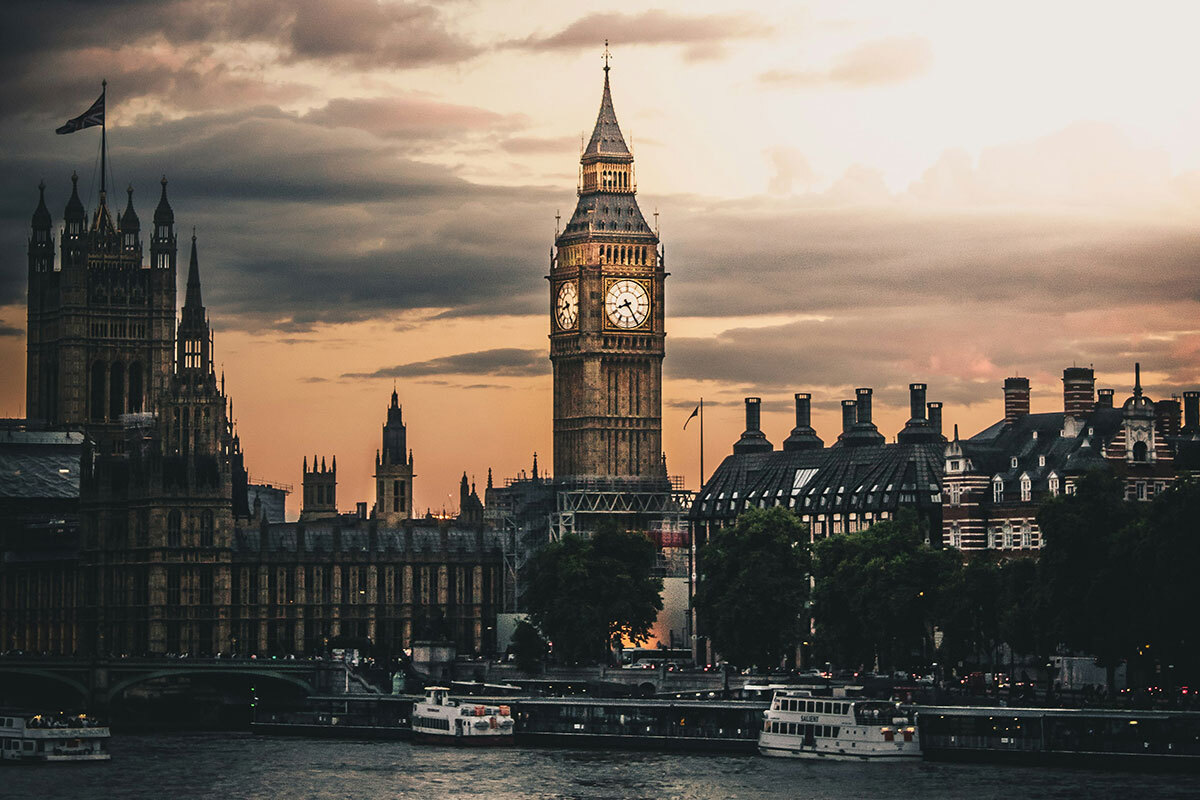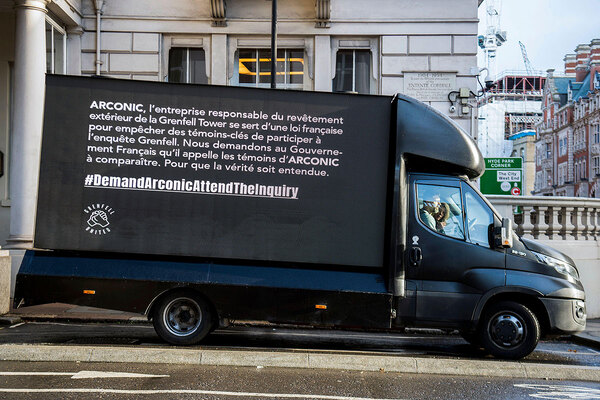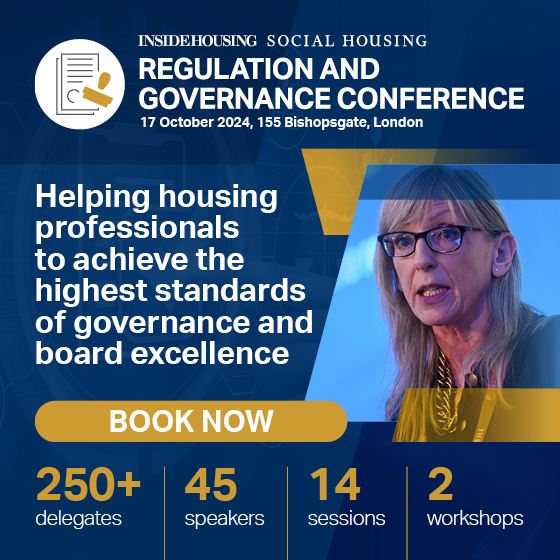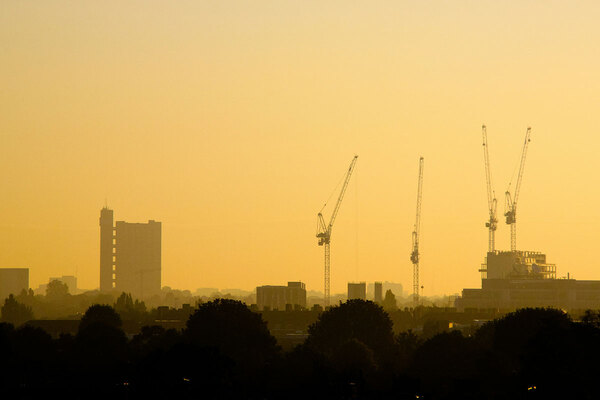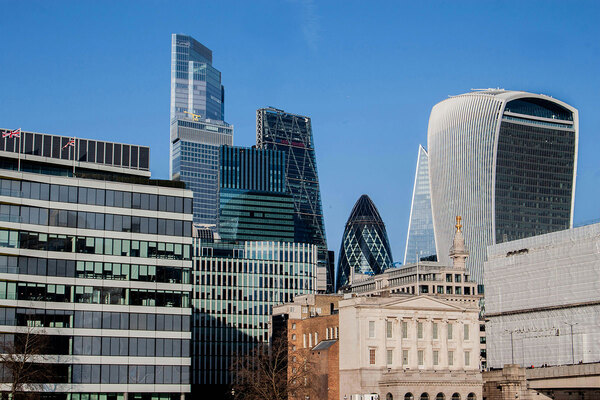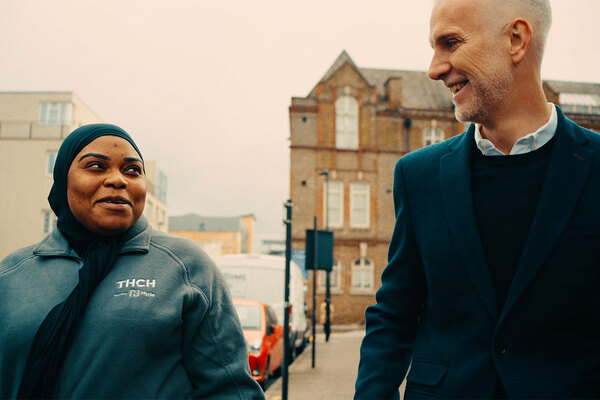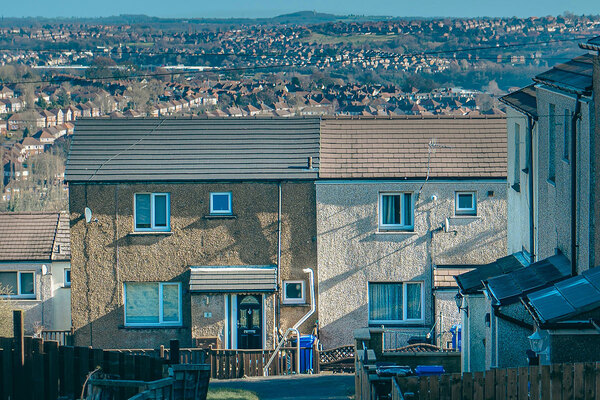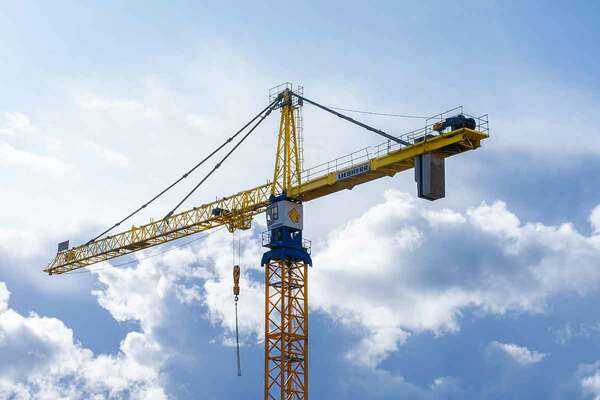‘Complacent’ government ‘well aware’ of cladding risks before Grenfell fire but ‘failed to act’
A “poorly run”, “complacent” and “defensive” government department “failed to act on what it knew” about dangerous cladding in the years before Grenfell, amid an enthusiasm for deregulation that “dominated” its thinking.
This is the view of the Grenfell Tower Inquiry report, which assesses 30 years of missed warnings of a looming cladding disaster by ministers, officials and advisors at the department now known as the Ministry of Housing, Communities and Local Government.
It said the government was “well aware” of the risk to high-rise buildings from dangerous cladding by 2016, but allowed its ministers’ enthusiasm for deregulation to “dominate [its] thinking to such an extent” that matters impacting life safety were “ignored, delayed or disregarded”.
It rejected outright the evidence of former housing secretary Lord Pickles, who had claimed building regulations covering fire safety were exempt from the push to ‘cut red tape’ during his time in charge and instead issued a stinging rebuke of its “profound” failure to prevent the disaster.
The 1,571-page report, published today and spread over seven volumes, was also highly critical of the social housing providers responsible for Grenfell Tower, the corporations that sold the dangerous building products used in the cladding system and the organisations involved in the refurbishment.
The report has made sweeping recommendations for change, including a new, single construction regulator and a body to oversee the implementation of inquiry report recommendations in general. However, it stopped short of specific recommendations aimed at social landlords.
It said that there had been “many opportunities” for the government to identify the risks from combustible cladding products and insulation between 1991 and 2017, but it had “failed to act on what it knew”.
A critical failure was allowing the outdated Class 0 standard to remain a feature of official government guidance, despite clear evidence that it was allowing dangerous building products onto the market.
In the introduction to the report, the panel said it had set out to discover “how it was possible in 21st century London” that a residential building could be “turned into a death trap that would enable fire to sweep through it in an uncontrollable way”.
It said there was “no simple answer” to this question, but instead pointed to “many failings of a wide range of institutions, entities and individuals over many years that together brought about that situation”.
It was highly critical of the actions of the government in the aftermath of a fire in 2009 at Lakanal House in south London, in which six people were killed after flames spread via external panels.
As the Grenfell Inquiry previously heard, the official government investigation into the 2009 fire, being carried out by the Building Research Establishment (BRE), was halted less than a month after the blaze. Brian Martin, the civil servant responsible for building regulations, had concluded that there would be no need for changes to official guidance as a result.
The inquiry said this was “premature” and a decision it “finds hard to understand”. It noted that no conversations had taken place with the police and “conserving resources should not have been a priority in circumstances where six people had died”.
It said that not carrying out further investigation, particularly into the downward spread of fire at the block, represented “a serious abdication of responsibility”. It added that the response to the fire was “inadequate” and that “at every stage, officials displayed a complacent and short-sighted attitude towards learning wider lessons from the fire”.
In the years that followed, the department failed to implement the recommendation of the coroner’s inquest that a review of building regulations guidance be undertaken with particular regard to the risk from external fire spread.
The report noted that while officials placed a strong emphasis on the government’s enthusiasm for deregulation, which placed a major emphasis on “cutting red tape” and ordered officials to follow a ‘one in, one out’ rule for new rules, in explaining the delay to this work.
But former ministers claimed this was not a factor, with former housing secretary Lord Pickles insisting that the official guidance on fire safety in buildings – Approved Document B – was exempt from the government’s deregulation agenda at the time.
The report said it was “unable to accept his evidence on this question which was flatly contradicted by that of his officials and the contemporaneous documents”.
“However well-intentioned the government’s aim of reducing burdens on industry may have been, it was not in the public interest to allow policy on deregulation to impede the ability of officials to promote changes to the regulations or statutory guidance that would improve public safety,” the report said.
It branded this “a serious failure of leadership on the part of ministers and senior officials”.
The report was particularly critical of a failure by several ministers – Stephen Williams, James Wharton and Gavin Barwell – to engage with the All-Party Parliamentary Group on Fire Safety, which warned more than 14 times that the recommendations from the Lakanal coroner needed to be rapidly addressed.
It said this process was “unacceptable”. “Correspondence was lost, important matters were ignored, ministers either refused or failed to engage with the material or understand the serious issues being raised,” it said.
It said the attitude was epitomised by Mr Martin writing in response to one of the letters that “we’ll do it when we’re ready”. “The department never did do it and was never ready. Its failure was profound,” the report said.
In broader criticism of the department, the report said a shortage of staff meant it had “neither the ability or capacity to issue practical guidance to industry because its systems… had become obsolete”.
It said management by more senior officials of the building regulations team was “sporadic” or “non-existent” and the fact that senior officials were “not aware of how demoralised and demotivated the building regulations team were, is indicative of serious structural defects”.
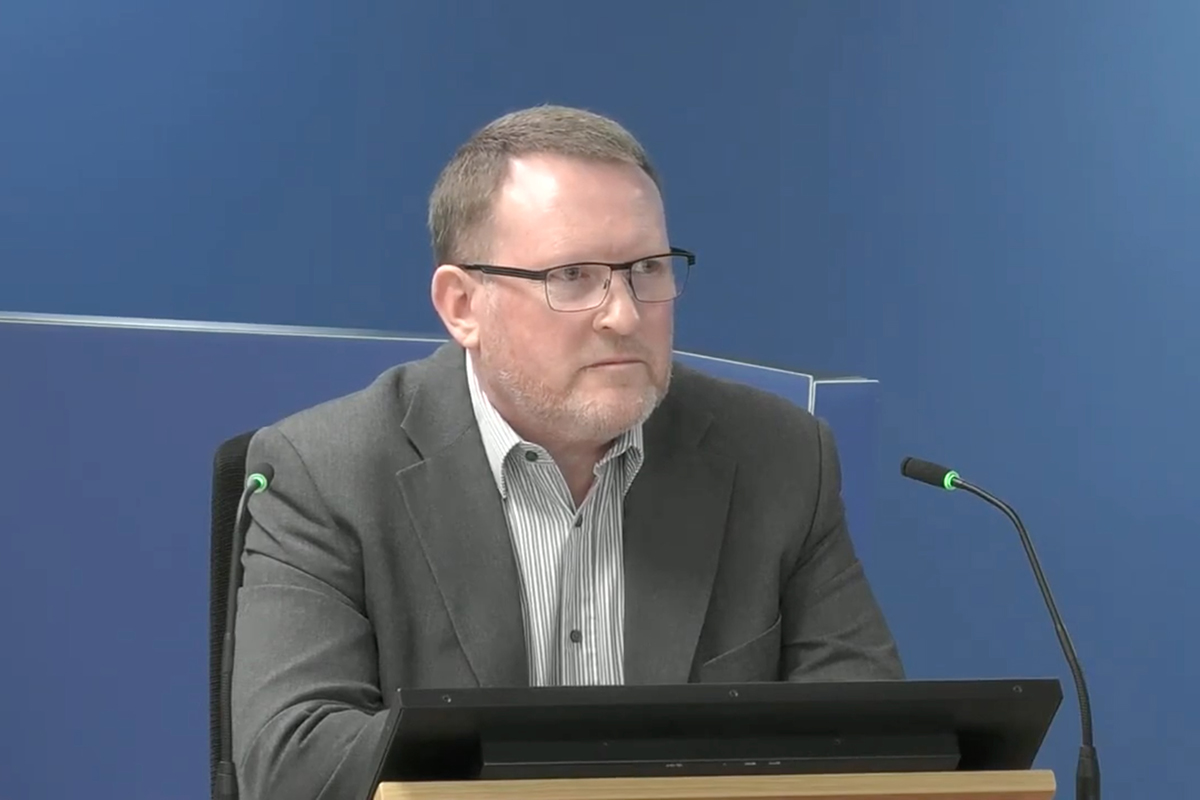
The inquiry’s story of the government’s failure began in 1991, with a fire at Knowsley Heights in Merseyside.
The building had been clad with Class 0-rated glass-reinforced plastic (GRP) cladding, which ignited and allowed the fire to rip up the outside of the building, in a project funded by the government and monitored by then state-owned fire research body the BRE.
But the department and the BRE did not reveal that this cladding had been combustible, instead placing the focus on missing cavity barriers. The report attributed this to a failure to realise Class 0 products could still be combustible and called this “a basic error” and said it had been “a significant opportunity” to realise and mitigate the risks.
Further tests in 1996 then resulted in “unlimited spread of fire over the full height of the test facility”, despite being carried out on Class 0 products. This, too, failed to result in tougher standards. The report branded this failure “surprising”, particularly given that the materials tested “had been chosen precisely because they were then in current use on high rise buildings”.
In 1999, a fire at Garnock Court in Irvine, Scotland, also spread via GRP panels, with the fire resulting in one death.
This fire resulted in two reports by the BRE: one to the local authority and one to the government. The first made several references to Class 0, and subsequent testing which established the GRP panels would not have the standard.
However, the report to the government did not mention these factors, with the inquiry concluding that the passages had been removed “deliberately”. It added that it had been “unable to determine why or by whom the changes were made”.
Following these fires, a select committee of MPs recommended changes to building regulations to require all future cladding systems to be made of non-combustible materials, or justified through a large-scale test. But the department did not follow this recommendation, allowing the Class 0 standard to remain in guidance.
In 2001, the government paid for testing on popular cladding products to support its research on a new large-scale test. This led to the revelation that 11 products marketed as Class 0 did not actually achieve this grade when tested. But the government did nothing to warn on this point.
“We do not understand its failure to act in relation to a matter of such importance,” the report said.
This testing series then led to a further test on a full-scale system including aluminium composite material (ACM) cladding, which was later used on Grenfell Tower. This test resulted in a devastating failure, with the test halted in under six minutes due to the severe fire it had caused.
While the BRE said that these panels were Class 0, it did not explicitly tell the government to toughen standards or raise concerns about ACM cladding products. The inquiry report concluded that this test had been “shelved… and entirely forgotten” rather than deliberately suppressed.
Following a fire in Manchester in 2005, Mr Martin added the words “filler material” into the section of the official guidance covering insulation, which is required to meet the higher standard of ‘limited combustibility’.
He has since claimed that this covered the combustible plastic in the core of an ACM cladding product, with the effect that the cladding panels with a combustible core like those on Grenfell were banned by the guidance.
But the inquiry report said this change was “rushed through by the back door without proper consideration”, adding that a failure to clearly explain what it was intended to mean was “wholly inappropriate”.
The report also attacked a project in which the BRE reported on investigations of real world fires, but was prohibited by a clause in its contract from making recommendations for policy changes as a result.
“In our assessment, the operation of the project epitomised what had gone wrong in the BRE’s relationship with the government,” it said. “What was needed was proper independent advice, which the department did not want to receive.”
All Inside Housing’s breaking stories on the Grenfell Inquiry Phase 2 report
KCTMO responsible for ‘chronic and systemic’ safety failings before Grenfell fire, inquiry concludes
Grenfell’s social housing provider was responsible for “chronic and systemic failings” in fire safety management, as well as a “toxic” relationship with the tower’s residents, who came to regard it as an “uncaring and bullying overlord that belittled and marginalised them”
Failed by ‘incompetence, calculated dishonesty, and greed’: reactions to Grenfell Tower Inquiry report
Inside Housing is highlighting responses to the second and final Grenfell Tower Inquiry report
The Grenfell Tower Inquiry report may not have made recommendations to social landlords, but it is still a major call for change
Today’s Grenfell Tower Inquiry report surprisingly stopped short of making recommendations for social housing providers. But it did ask them to read it and reflect. This is homework which should be taken seriously, writes Peter Apps
Grenfell Inquiry report elects not to make specific recommendations for social housing providers
The Grenfell Tower Inquiry has made no fresh recommendations for social landlords in its long-awaited Phase 2 report, saying recent legal changes are sufficient to drive reform
‘Complacent’ government ‘well aware’ of cladding risks before Grenfell fire but ‘failed to act’
A “poorly run”, “complacent” and “defensive” government department “failed to act on what it knew” about dangerous cladding in the years before Grenfell, amid an enthusiasm for deregulation which “dominated” its thinking
‘Systematic dishonesty’ by product manufacturers ‘very significant reason’ for Grenfell’s deadly cladding, inquiry concludes
“Systematic dishonesty” by product manufacturers was a “very significant reason” why Grenfell Tower was clad in such dangerous materials, the inquiry report into the fire has concluded
Social landlords must be ‘held to account’ for safety of homes, prime minister says
Sir Keir Starmer has pledged to make sure social landlords are “held to account” for the safety of the homes they provide, in a statement following the publication of the Grenfell Tower Inquiry’s second and final report
Sign up for our daily newsletter
Already have an account? Click here to manage your newsletters
Sign up to the Regulation and Governance Conference 2024
At a time of major regulatory change, the Regulation and Governance Conference is designed to give board members and governance and risk professionals the insight they need to plan and prioritise effectively.
Join more than 250 delegates and 45 speakers to confidently navigate the change ahead and ensure you have the right governance structures and assurance frameworks to keep tenants safe and run a viable business.
